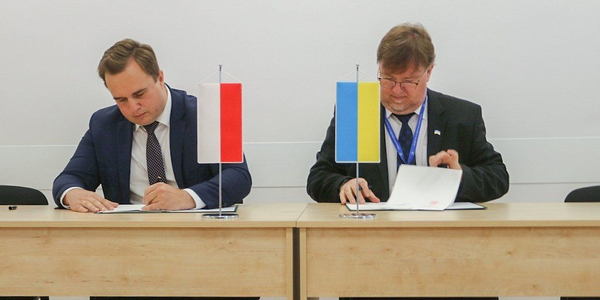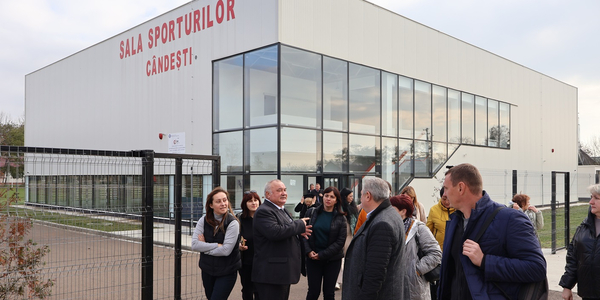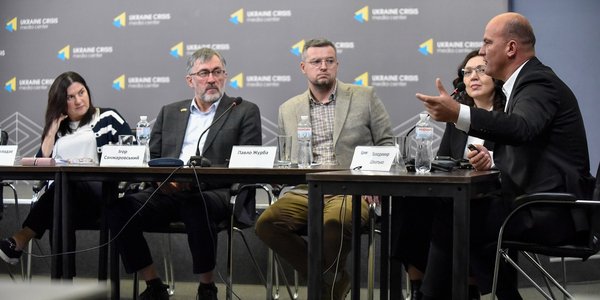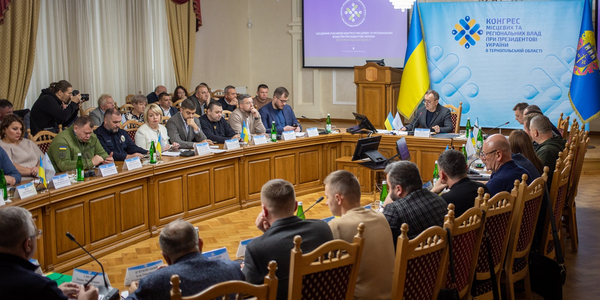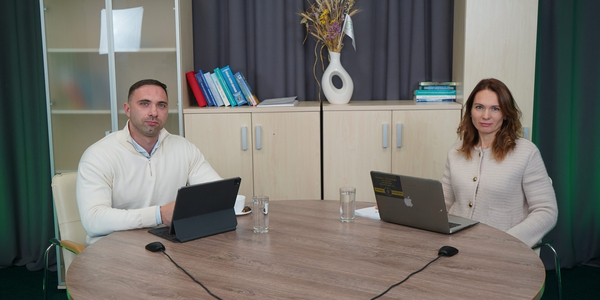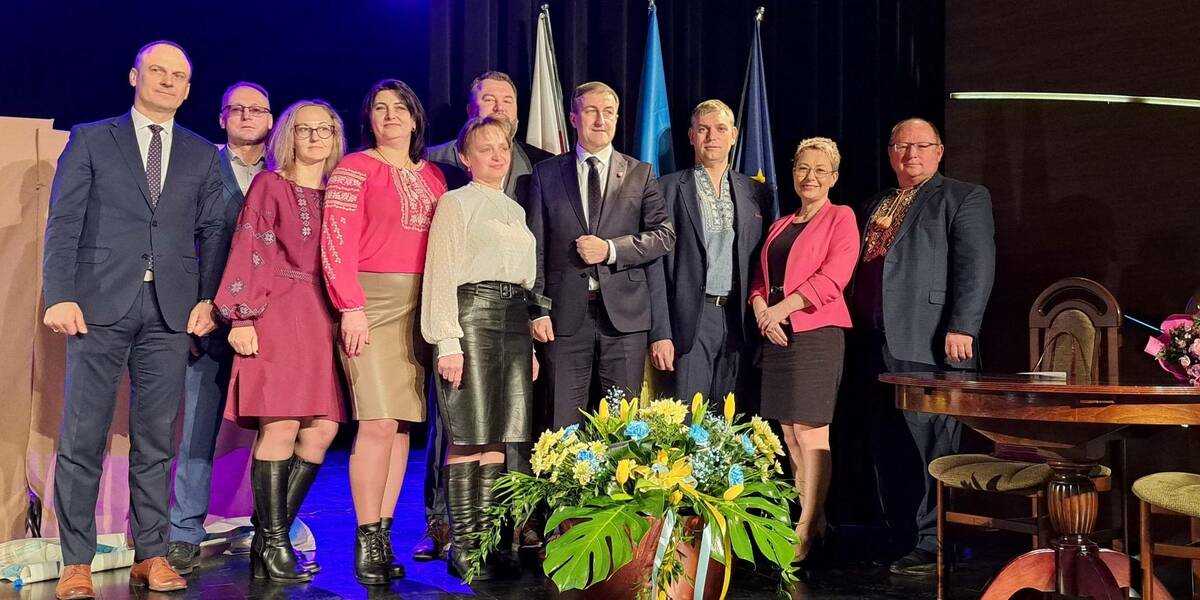
In March, the municipalities of Horodnia, Dobrianka, Ripky and Snovsk of the Chernihiv region and the Polish communes of Skołyszyn, Brzyska, Dębowiec, Tarnowiec of the Subcarpathian Voivodeship simultaneously signed documents on cooperation (one agreement and three memorandums). The event took place in the city of Jasło in the south of Poland. Ukrainian and Polish local government officials took part in the ceremony.
This is reported by the Day newspaper.
On the Ukrainian side, these are four northern neighbouring municipalities located on the border or next to the aggressor states, Russia and Belarus. They are part of the historic, geographic and ethnographic macro-region of Polissia, a place of great significance for the relations between Ukrainian and Polish peoples.
Polish municipalities are in the southern part of Poland. They are also located on the border, this time with Ukraine and Slovakia. This is also, in part, the former Lemkivshchyna region, whose legacy lives on to this day. Both regions are rich in forest and water resources. In their respective countries, they are known for their recreational potential, rich and diverse historical and cultural heritage and developed agriculture. It is noteworthy that their biggest cities, Rzeszów and Chernihiv, also signed a cooperation agreement in 2022.
The parties agreed to promote each other and develop ties in education, healthcare, environmental protection, energy and sports. They also pledged to exchange best practices in public security, defence and social assistance, as well as to support assistance to victims of the war and humanitarian crisis. The priorities include the promotion of the development of agriculture, manufacturing and SMEs, as well as mutual international promotion of local businesses. In addition, cooperation in the field of investment and project management and implementation of joint initiatives for submitting project applications for financing from EU funds and national programmes were emphasised.
This is not the first time when such documents are being signed: Brzostek-Baturyn-Plyski, Pilzno-Sosnytsia and Mena-Žyraków did this in 2019, and the cities of Dębica and Nizhyn signed them last year. All the above-mentioned Polish communes are members of the Association of Communes of the Wisłoka River Basin, which unites twenty-two basic administrative-territorial units of the Subcarpathian and Lesser Poland Voivodeships. This was possible thanks to the previously-established contact and close ties that had been built. After the start of a new stage of the Russian-Ukrainian war, Polish friends responded quickly and sincerely, providing both partner municipalities and other municipalities with considerable urgent humanitarian aid. The commune of Brzostek also organised and held the finale of Common Heritage (Wspólne dziedzictwo), an international history quiz for students of schools in partner communes and municipalities.
They still provide help, but its scope has changed according to the current needs. For instance, the Baturyn municipality received a fire engine with a ladder, and Sosnytsia, Baturyn and Plysky received electric current generators. At the end of last year, nine municipalities in the north of the Chernihiv region appealed to the Association of Communes of the Wisłoka River Basin with a request to provide certain equipment. Given the nature of the terrain (dense forests), Polish colleagues decided to donate fifteen professional chainsaws (accordingly, fifteen communes participated in the campaign). They were handed over during the meeting in the city of Jasło.
However, the matter is much broader. Andrzej Czarniecki, Chairman of the Board of the Association, stated the following:
“We greatly appreciate our ties and friendship. Ukraine will win, and together we will implement many exciting projects that will rebuild Ukraine and serve its residents. Partnership agreements pave the way to the implementation of tasks like that.” The Association is renowned for its large environmental projects (cleaning of riverbeds) and for the use of renewable energy sources (primarily but exclusively solar power). All the Ukrainian municipalities mentioned here are located in the basin of the Desna River. This points to very interesting and useful directions of cooperation for both parties in terms of post-war development.
